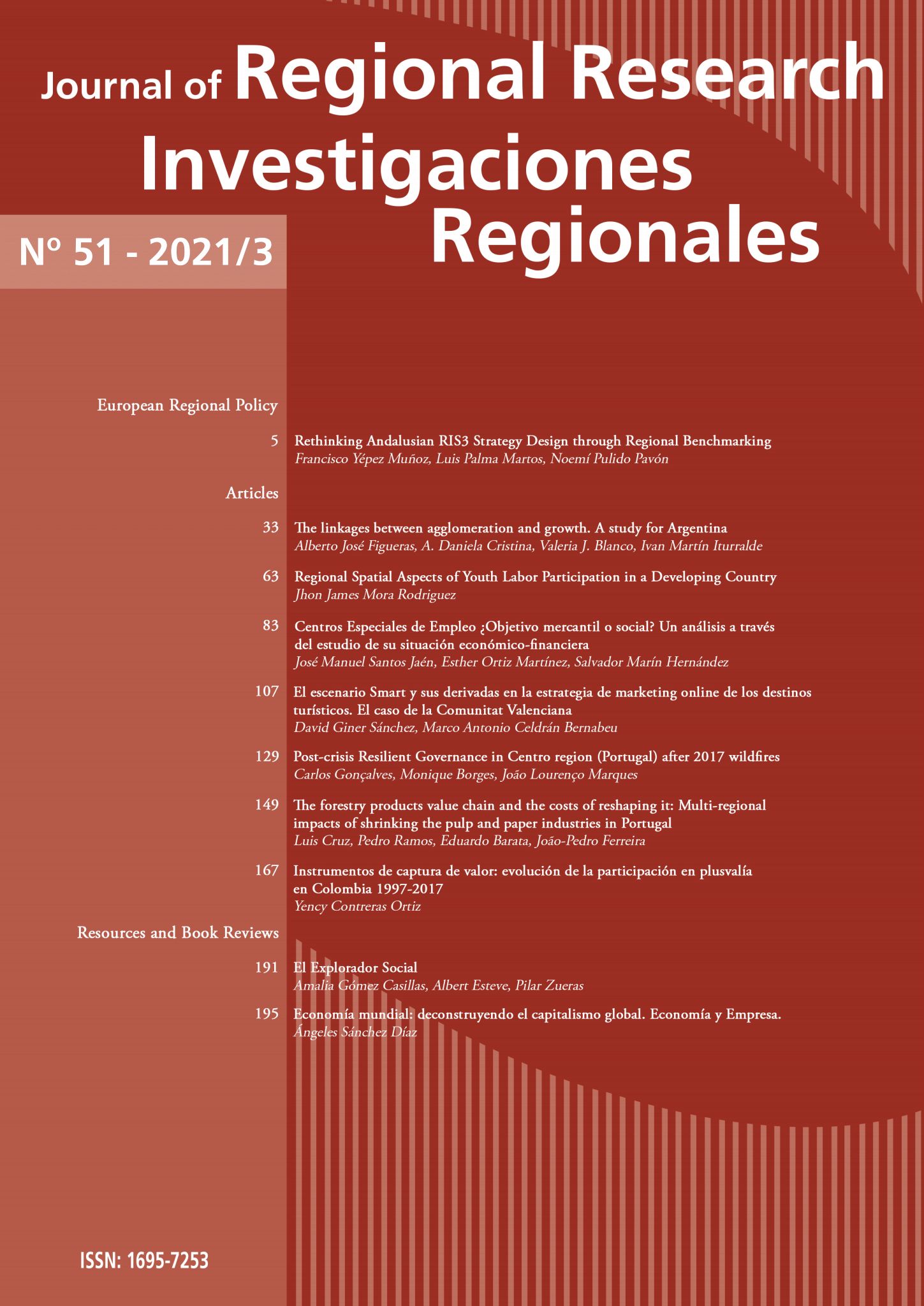The Smart scenario and its derivatives in the online marketing strategy of tourist destinations. The case of the Valencian Region
DOI:
https://doi.org/10.38191/iirr-jorr.21.021Keywords:
Social media, social media marketing, online marketing, smart destinationsAbstract
The technological revolution has shaped a renewed tourism scenario characterised by an intensive use of technology throughout the travel cycle, which is evolving towards a context of smart management in which technologies associated with social media stand out, due to their influence on the strategy and operations of online marketing at the destinations. The new patterns of behaviour of supply and demand associated with social media now determine the image of destinations and influence their competitiveness, thus placing social media at the centre of marketing management of the entities responsible for promoting and managing the destination. Social media and the technologies that support it represent the main way to bring destinations closer to the smart destination model. This research approaches the current tourism scenario in order to understand its influence on the online marketing processes developed by tourist destinations. Specifically, and for a group of destinations in the Valencian Community, an applied analysis is carried out based on a social media measurement index.
Downloads
Published
Issue
Section
License
Aquellos autores/as que tengan publicaciones con esta revista, aceptan los términos siguientes:
En el momento de aceptar la publicación de sus artículos en Investigaciones Regionales / Journal of Regional Research, los autores acceden a utilizar la licencia Creative Commons CC BY-NC. IIRR/JRR es una revista abierta que permite a los autores retener el máximo control sobre su trabajo. Los autores aceptarán utilizar la licencia Creative Commons Attribution-NonCommercial. Esta licencia permite a cualquier persona copiar y distribuir el artículo con propósitos no comerciales, siempre y cuando se atribuya adecuadamente la atribución del trabajo a la revista y a los autores.

